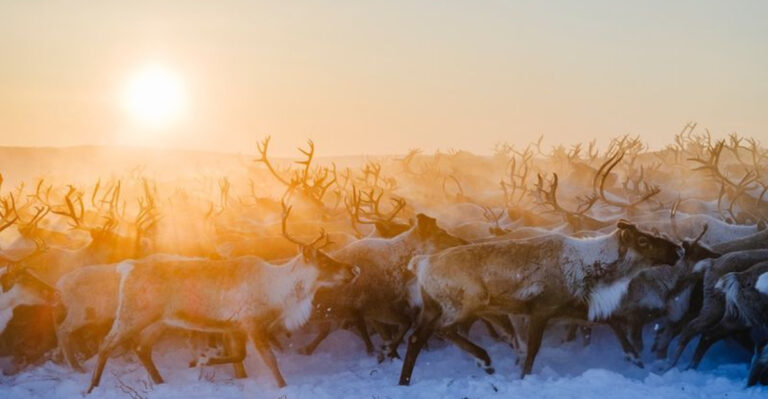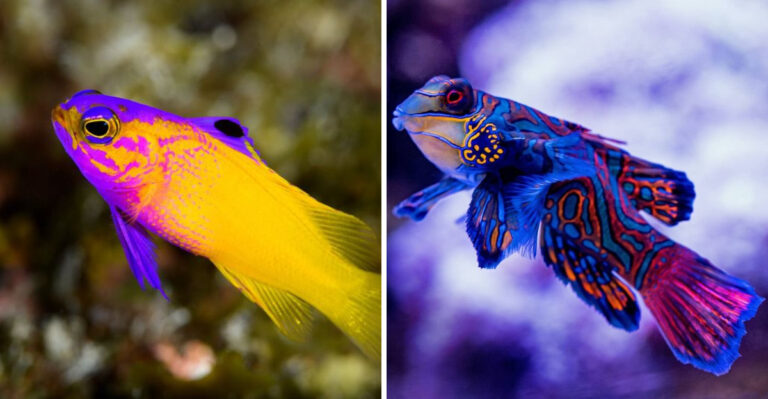New DNA Evidence Raises Possibility Of Mammoths’ Return
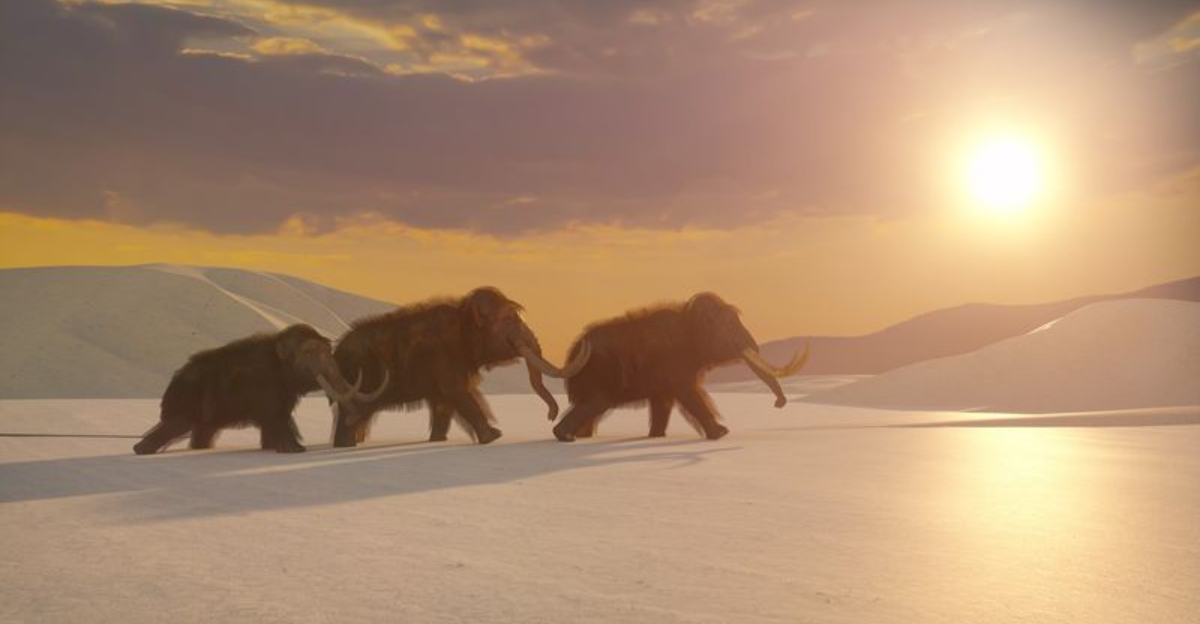
Scientists have made groundbreaking discoveries about mammoth DNA that could potentially bring these ancient giants back from extinction. Preserved in permafrost for thousands of years, mammoth remains have yielded genetic material that researchers can now analyze with advanced technology.
This exciting development opens up possibilities not just for mammoth resurrection, but also for understanding extinction and potentially addressing modern environmental challenges.
1. How Scientists Are Using Ancient DNA To Bring Mammoths Back
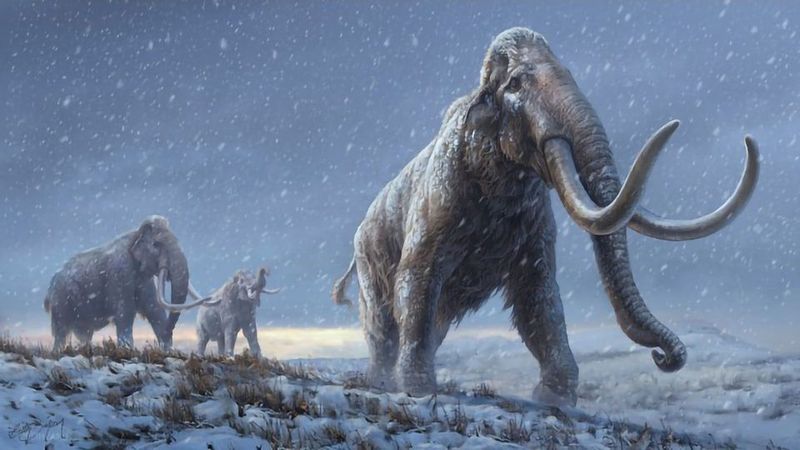
Researchers have perfected methods to extract DNA from mammoth remains frozen in Siberian permafrost. These specimens, some over 40,000 years old, contain fragmented but valuable genetic material.
Scientists use specialized tools to avoid contamination while drilling into tusks, bones, and tissue. Every extraction must happen in sterile environments to preserve the ancient genetic code.
2. The Ethics Of Resurrecting Extinct Species
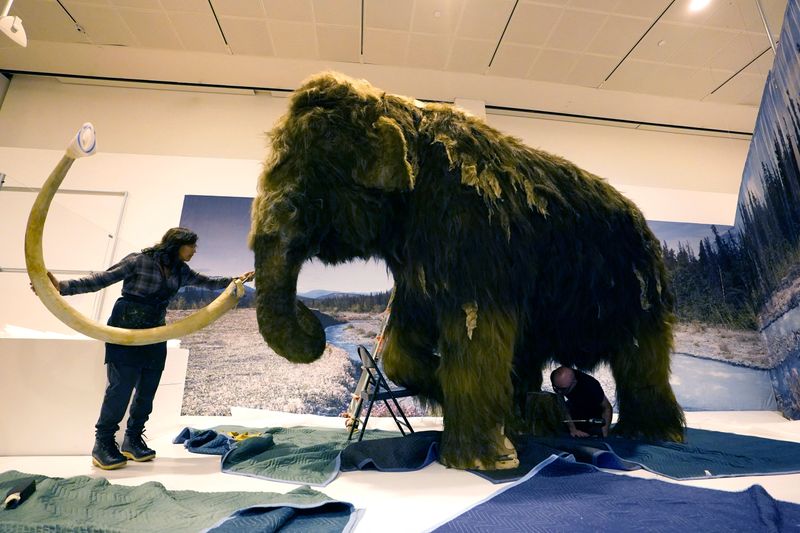
The mammoth revival question has split the scientific community. Some argue we have a moral obligation to restore species humans helped eliminate, while others believe resources should focus on saving endangered animals today.
Religious and cultural perspectives add complexity to these discussions. Many indigenous groups have spiritual connections to mammoths and strong opinions about their potential return.
3. What Does The Return Of Mammoths Mean For Modern Ecosystems?
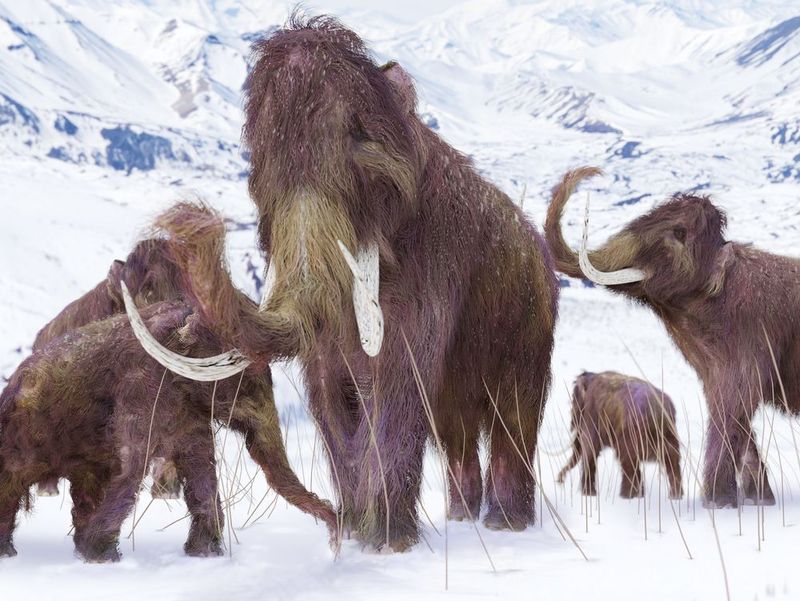
Mammoths were ecosystem engineers who transformed landscapes by knocking down trees and promoting grassland growth. Their dung fertilized soil and their massive bodies created paths for other animals.
Reintroducing these giants could potentially restore ancient grassland ecosystems called “mammoth steppe” that once covered vast regions of the Northern Hemisphere.
4. The Science Behind Bringing Back The Mammoth
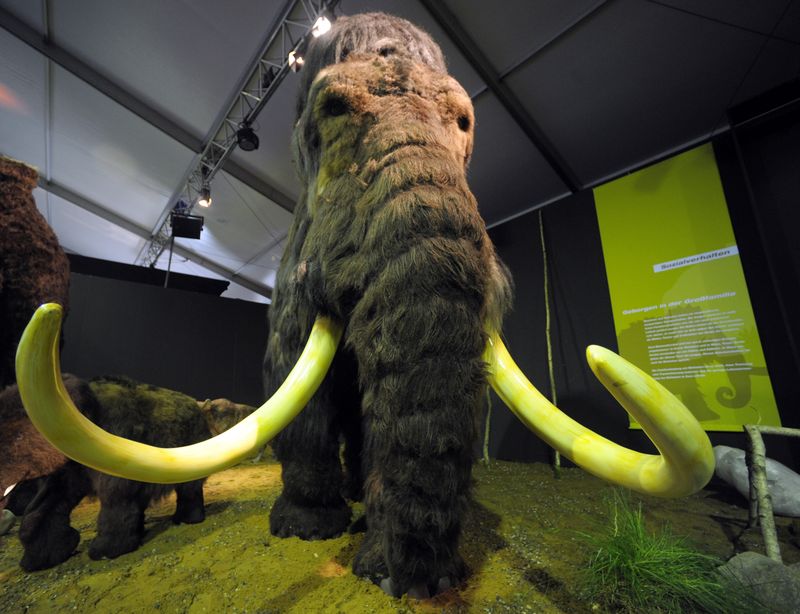
Harvard geneticist George Church leads a team using CRISPR technology to insert mammoth genes into elephant DNA. They’ve successfully engineered cells with mammoth traits like cold resistance and hemoglobin adapted to frigid temperatures.
The goal isn’t creating identical mammoths but “mammoth-like” elephants. These hybrids would combine traits from both species to survive in Arctic environments.
5. Modern Mammoth Adaptations

Any resurrected mammoths would need adaptations for today’s world. Scientists predict they would require genetic modifications for disease resistance against modern pathogens their immune systems never encountered.
Climate change presents another challenge. Arctic regions are warming rapidly, potentially shrinking suitable habitat for cold-adapted mammoths before they could even be successfully reintroduced.
6. Surrogate Elephant Challenges
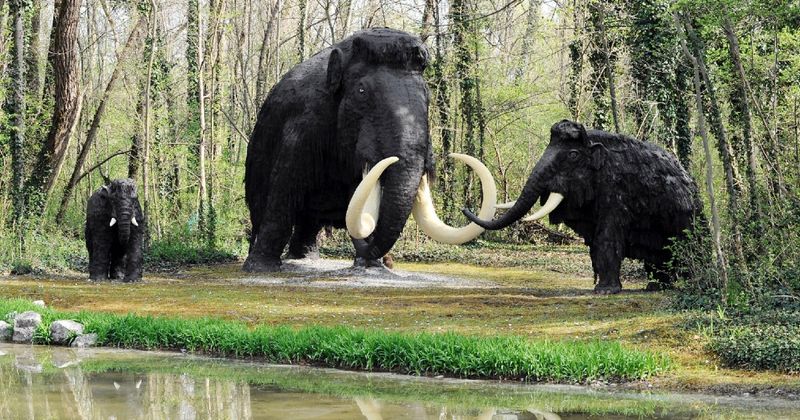
Asian elephants, mammoths’ closest living relatives, would serve as surrogate mothers for engineered embryos. However, elephant pregnancies last 22 months, creating a major bottleneck in resurrection efforts.
Researchers are exploring artificial womb technology as an alternative. This approach faces enormous technical hurdles but could eventually allow scientists to grow mammoth embryos without elephant surrogates.
7. Lessons From Previous Cloning Attempts
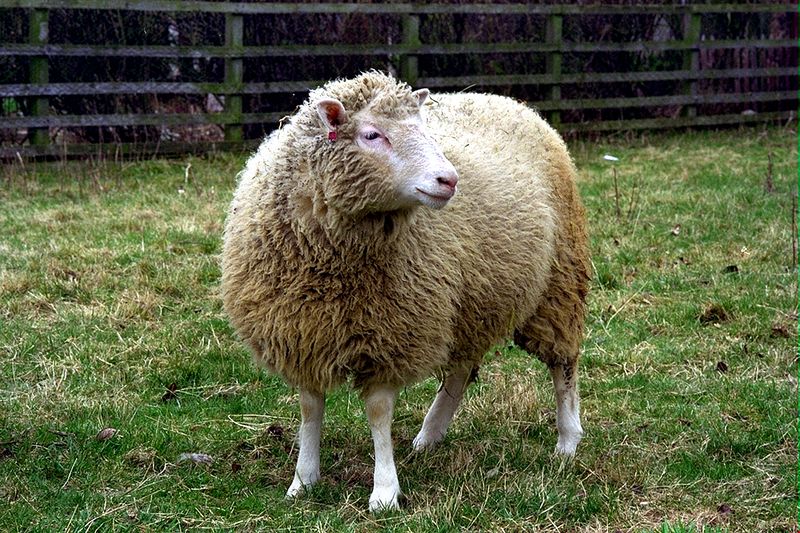
The famous sheep Dolly required 277 attempts before successful cloning. Mammoth revival would face even greater challenges due to degraded DNA and cross-species complications.
Scientists have attempted to clone extinct species like the Pyrenean ibex. Though the clone lived only minutes, the experiment provided valuable data about the genetic and developmental challenges of resurrection biology.
8. Genomic Insights From Ancient DNA
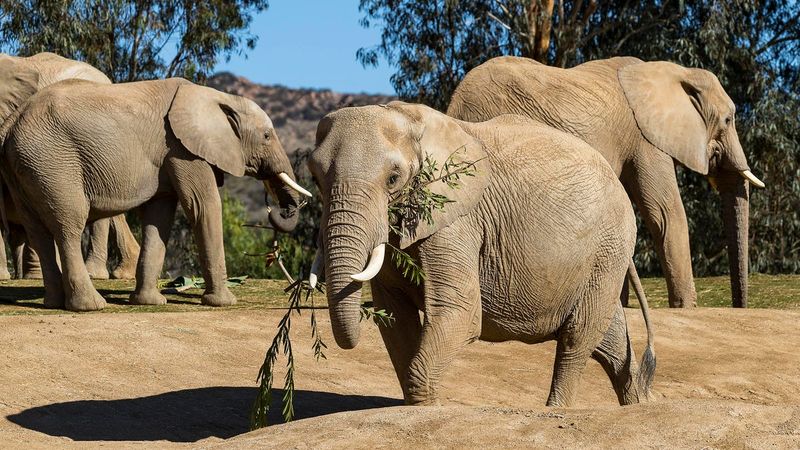
Mammoth genomes have revealed surprising adaptations, including genes for fat metabolism that allowed survival in extreme cold. Their DNA also shows evidence of population bottlenecks that reduced genetic diversity before extinction.
Comparing mammoth DNA with modern elephants helps identify which genetic changes were crucial for cold adaptation. This research has applications beyond de-extinction, potentially helping endangered species adapt to changing climates.
9. Technology Transfer To Conservation
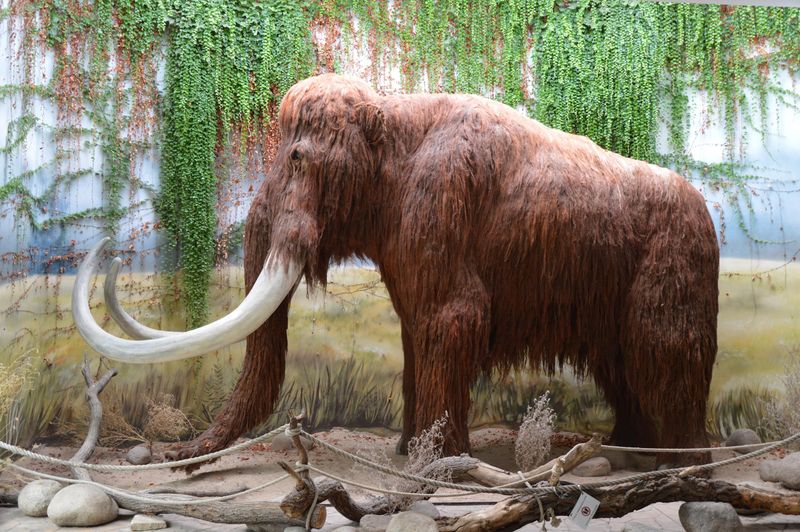
Techniques developed for mammoth revival could save critically endangered species today. Northern white rhinos, with only two females remaining, might benefit from similar genetic rescue approaches.
Scientists are already applying lessons from mammoth DNA research to preserve genetic material from dying species. Frozen zoos now store thousands of cell samples from endangered animals for future resurrection if necessary.
10. Rewilding Movement Connections
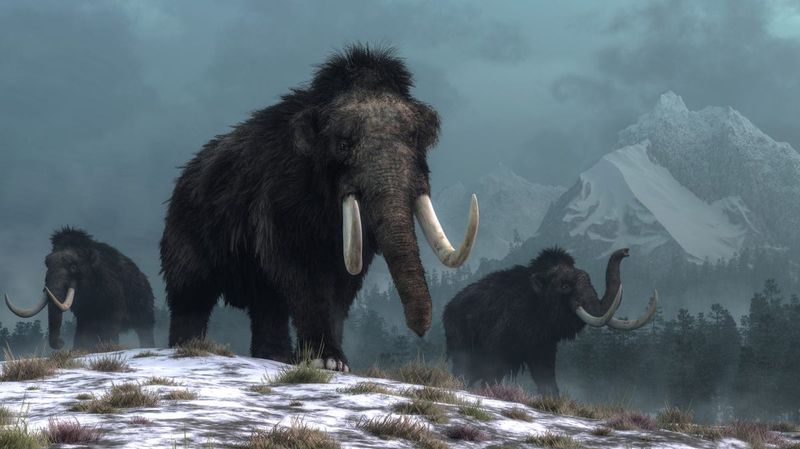
Mammoth de-extinction aligns with the rewilding movement that seeks to restore ecosystems by reintroducing keystone species. Projects like wolf reintroduction in Yellowstone demonstrate how single species can transform entire landscapes.
Critics worry mammoth revival could divert attention from protecting existing ecosystems. Supporters counter that ambitious projects inspire public interest in conservation more broadly.
11. Human-Nature Relationship Evolution
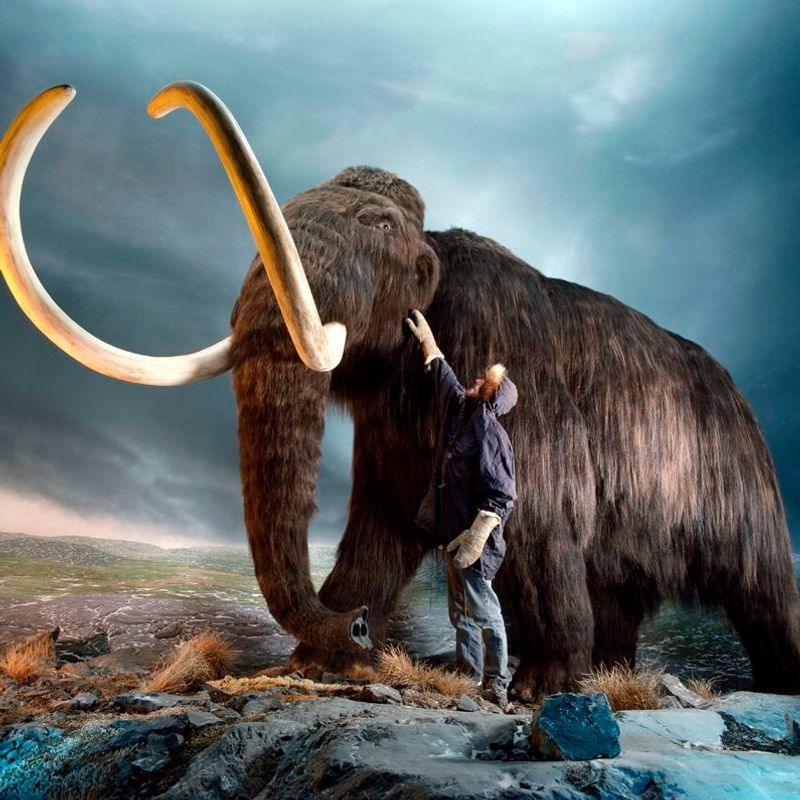
Our desire to resurrect mammoths reflects humanity’s evolving relationship with nature. For millennia, humans were mammoth hunters; now we aspire to be their saviors.
This shift represents a growing recognition of human responsibility for past extinctions. De-extinction proponents see mammoth revival as a form of ecological redemption—a chance to undo past damage.
12. Indigenous Perspectives On Revival
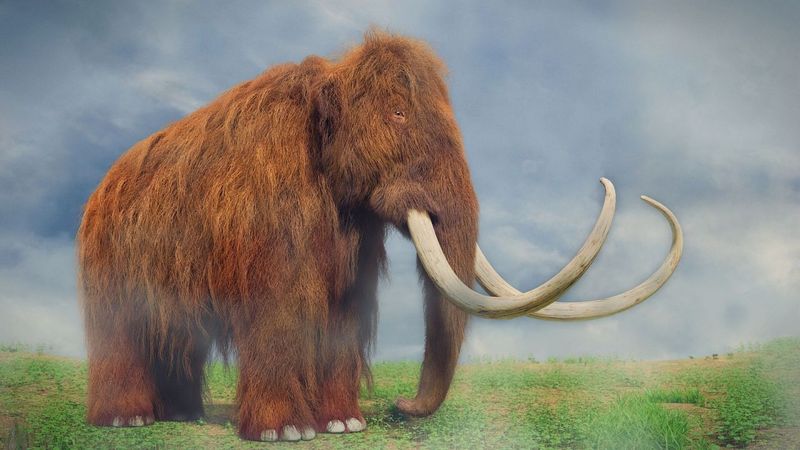
Many Arctic indigenous communities maintain cultural connections to mammoths through stories and traditions. Some view potential resurrection as disturbing the natural order; others see opportunities for cultural renewal.
The Yakutian people of Siberia collect mammoth tusks exposed by melting permafrost. Any mammoth revival project would need to address their traditional rights and knowledge regarding these ancestral animals.
13. Timeline For Potential Revival
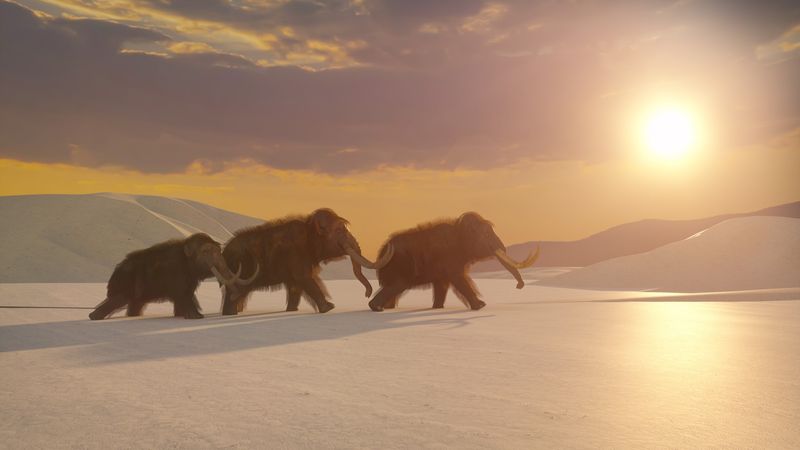
Most scientists believe a fully functional mammoth-elephant hybrid remains decades away. The Colossal Biosciences company has announced ambitious goals to produce their first mammoth-like calves within six years.
Even with rapid progress, creating sustainable populations would take generations. Initial specimens would likely live in controlled settings before any potential wilderness reintroduction could be considered.
14. Unintended Consequences Concerns
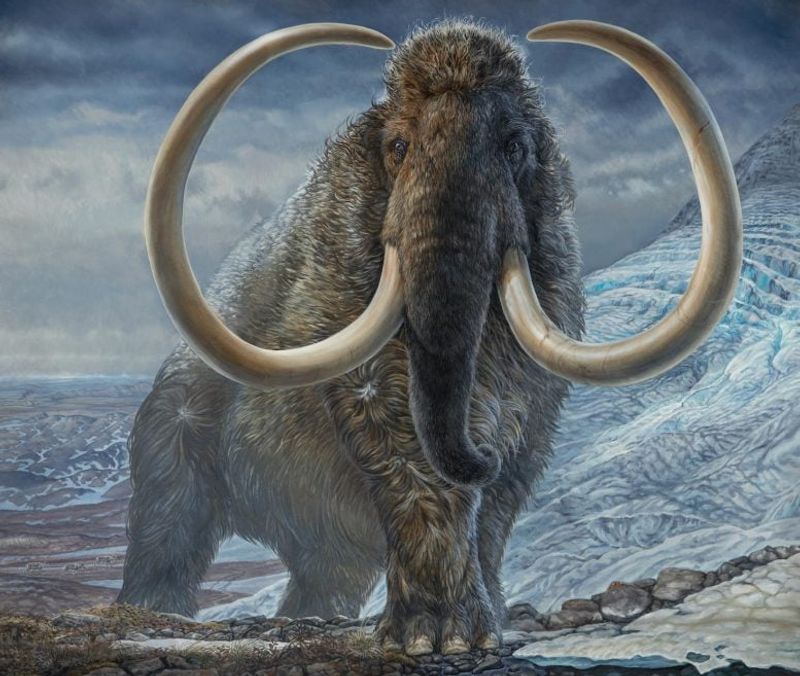
Revived mammoths could potentially carry ancient viruses or develop unexpected behaviors in modern ecosystems. Computer modeling helps predict interactions, but real-world outcomes remain unpredictable. Ecological disruption is another worry.
New mammoth populations might compete with existing species for resources or alter vegetation patterns in ways that harm current inhabitants of Arctic regions.



